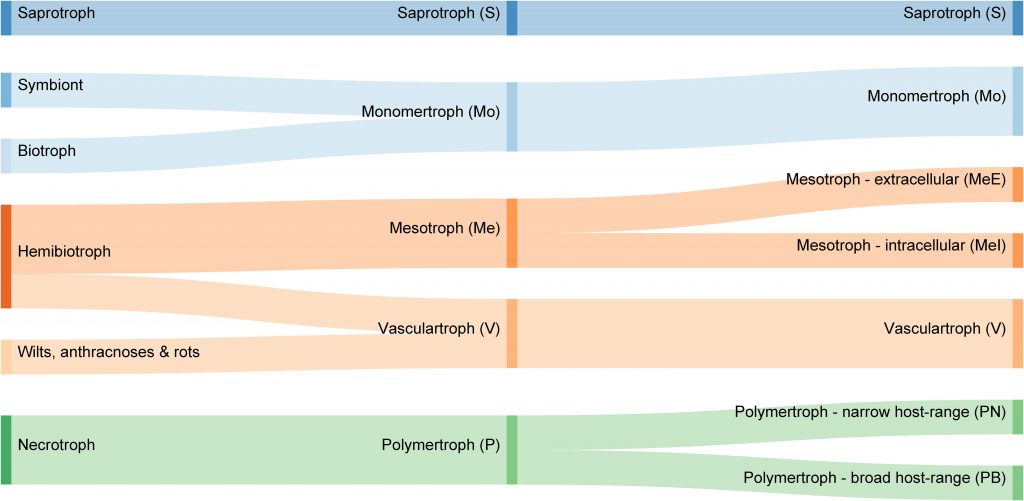
A proposed new classification scheme for fungal and oomycete pathogens based on carbohydrate-active enzymes (Front. Microbiol)
Plant Science Research WeeklyFilamentous pathogens (fungi and oomycetes) use a variety of tactics to obtain nutrients from plants. Classically, they have been categorized as biotrophic ("eating" living tissues), nectrotrophic (eating dead tissues) or hemibiotrophic (biotrophic followed by heterotrophic). Hane et al. point out that…
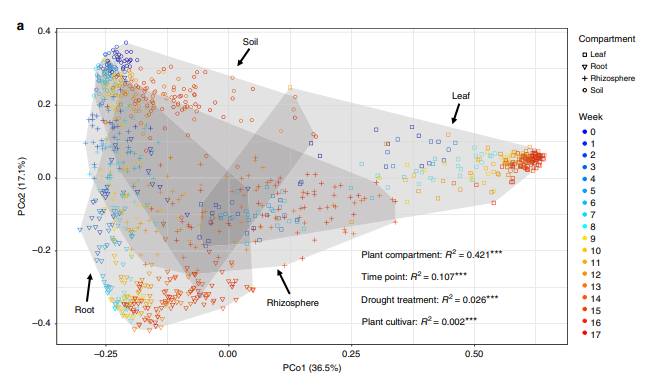
Fungal community assembly in drought-stressed sorghum shows stochasticity, selection, and universal ecological dynamics (Nature Comms)
Plant Science Research WeeklyPreviously, crop-associated mycobiomes were thought to assemble largely under the control of deterministic selection by the plant host with limited influence from drift. This study by Gao et al., highlights the important role of stochastic processes in fungal community assembly, particularly in the hosts’…
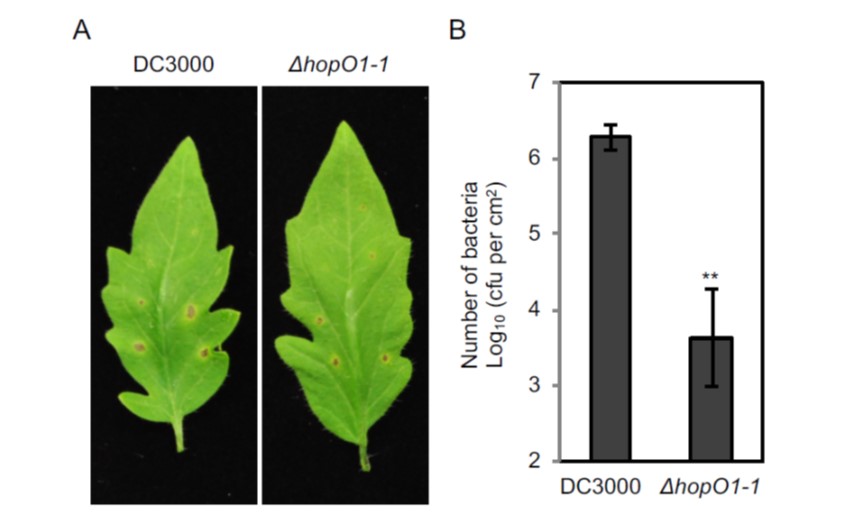
Pathogenic bacteria target plant plasmodesmata to colonize and invade surrounding tissues (Plant Cell)
Plant Science Research WeeklyPlasmodesmata are regulated channels that connect adjacent cells, allowing movement of metabolites, RNA, proteins, and pathogens. Plants close their plasmodesmata as part of their immune response, but this closure can be interfered with by pathogens. Aung et al. examined the repertoire of effector proteins…
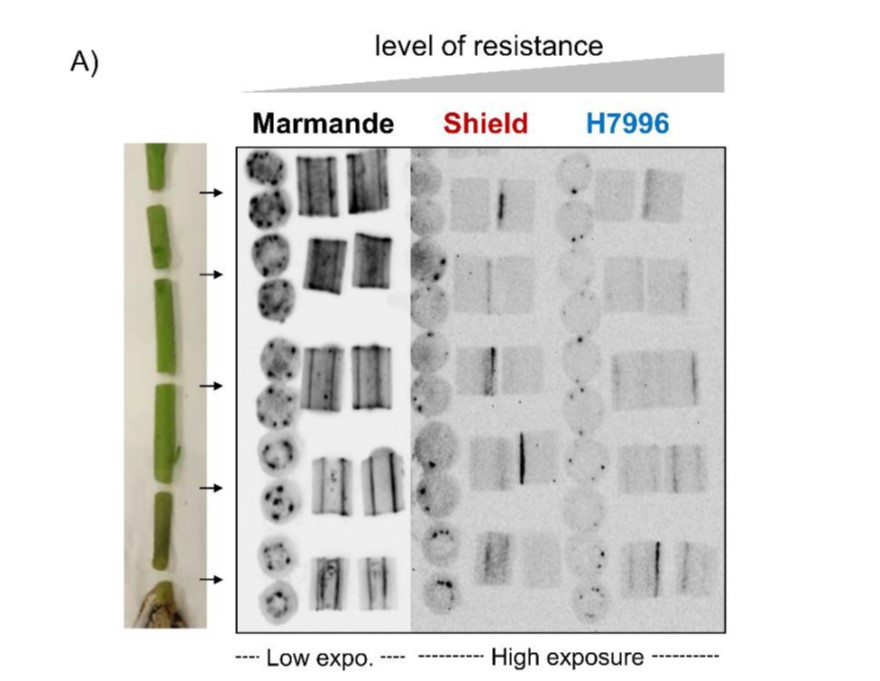
Resistant tomato restricts colonization and invasion by the pathogen Ralstonia solanacearum at four organismal levels (J Exp Bot)
Plant Science Research WeeklyRalstonia solanacearum is a pathogenic bacterium that infects many important crop species, including tomato. Following invasion into the roots, the bacteria move upwards into the shoot and cause dramatic wilting. Previous studies have identified moderately and highly resistant lines. Here, Planas-Marquès…
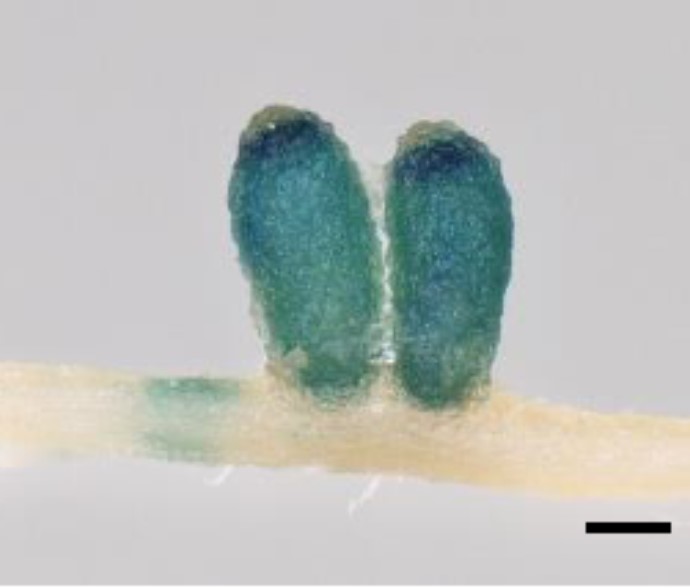
Medicago-Sinorhizobium-Ralstonia co-infection reveals legume nodules as pathogen confined infection sites developing weak defenses (Curr. Biol.)
Plant Science Research WeeklyThe pathogenic bacterium Ralstonia solanacearum enters roots through wounds and also at root tips. It can also infect legume nodules. Benezech et al. investigated how this infection occurs, and how it is affected by and affects nitrogen fixation. The authors found that nodules are as permissive of Ralstonia…

Opinion. A return to the wild: Root exudates and food security (Trends Plant Sci)
Plant Science Research WeeklyMy dog is a fantastic companion, but it’s obvious he could never fend for himself; domestication has eliminated his ancestral survival skills. Likewise, most crop plants thrive under human care, but have lost many of the traits that would help them survive in harsh conditions. Preece and Peñuelas…

Review: Surface sensor systems in plant immunity (Plant Physiol)
Plant Science Research WeeklyThe first line of defense is detection. Plants have numerous cell-surface receptor proteins (Pattern Recognition Receptors, PRRs) that recognize potentially harmful pathogens as well as endogenous molecules that suggest damage, known as Damage Associated Molecular Patterns or DAMPS and phytocytokines…
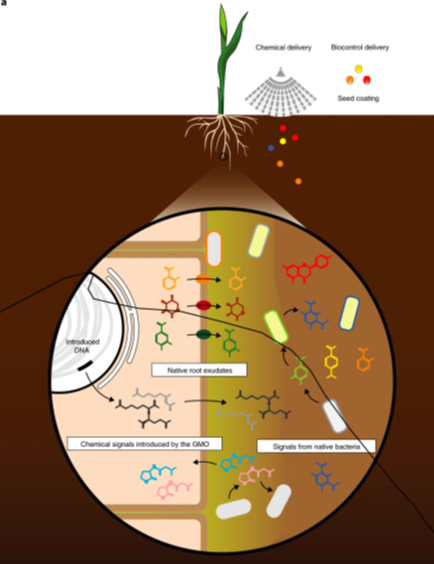
Control of nitrogen fixation in bacteria that associate with cereals (Nature Microbiol)
Plant Science Research WeeklyLegumes benefit from mutualistic symbioses with Rhizobia bacteria, which are induced to fix nitrogen when inside of the nodules produced by the plant. Cereals also associate with Rhizobia, but without nodules they don’t fix nitrogen. Ryu et al. set out to engineer inducible nitrogenase activity in…
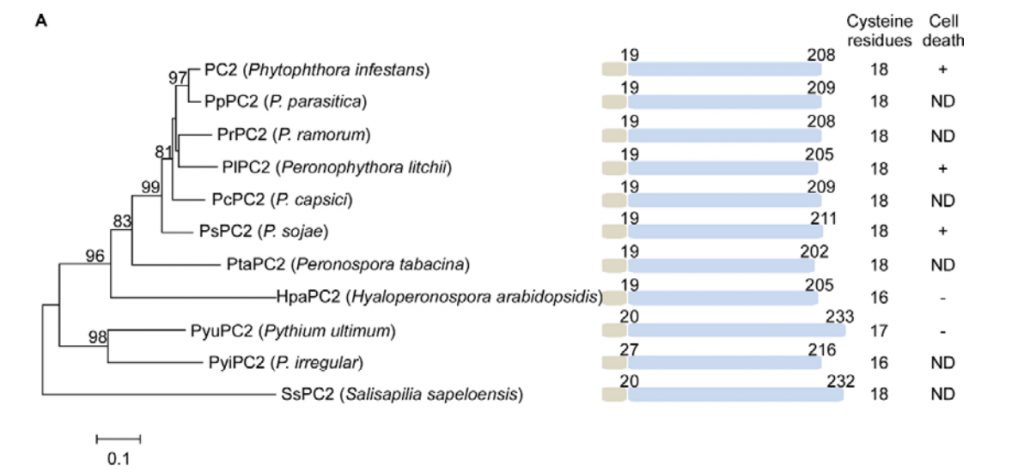
Cleavage of a pathogen apoplastic protein by plant subtilases activates immunity
Plant Science Research WeeklyPlant-pathogen interactions are shaped by a dynamic signaling crosstalk that often leads to an arms-race between plants and pathogens. The initial pathogenic invasion starts in the apoplast, which serves as a major battlefield. This extracellular space is a harsh environment enriched with hydrolytic…

